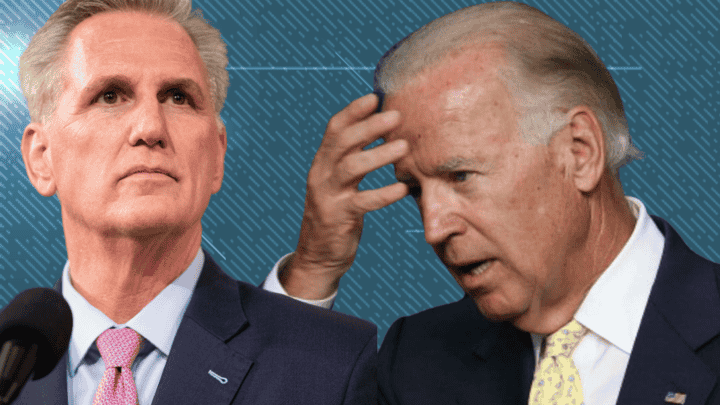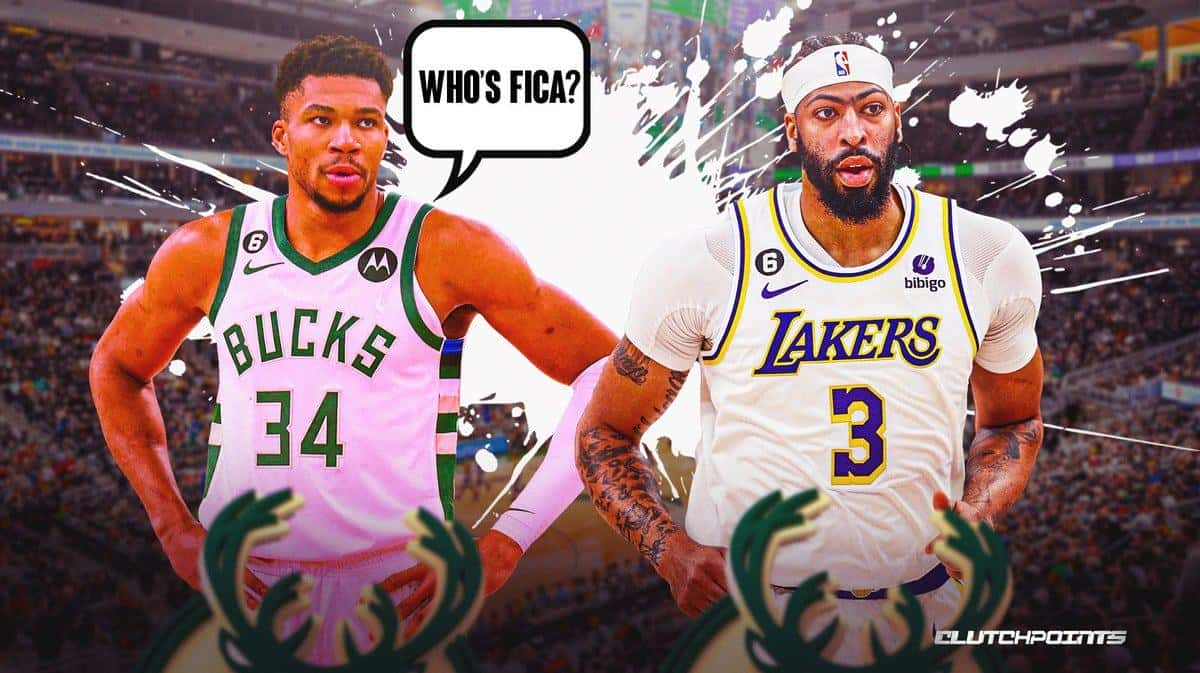Italian designers Domenico Dolce and Stefano Gabbana created Dolce & Gabbana in 1985 in Legnano.
They met in a Milan club in 1982 and collaborated on a collection for Giorgio Correggiari’s fashion house. They founded the “Dolce & Gabbana” design consultancy in 1983. Their debut women’s collection was displayed in Milan in 1985, and their store opened a year later.
Dolce & Gabbana debuted their Il Gattopardo/The Leopard line for the Women’s SS 1988 fashion show in 1987, and they began designing lingerie and swimming costumes in 1989. Dolce & Gabbana began exporting their products to Japan and other nations, including the United States, where they opened their first store in 1990. They introduced their first scent, Dolce & Gabbana, in 1990, the same year they unveiled their men’s collection for 1991-1992. For their scent Dolce & Gabbana Parfum, they received the Woolmark award in 1991[9] and the Perfume Academy’s “Most Feminine Flavor of the Year” in 1993. The company’s revenues had risen to over US$500 million by the end of the 1990s, and they had reached $633 million in 2003. They had a €600 million turnover in 2005.
D&G is still trying to win back China three years after the commercial scandal.
D&G looks to be a label non grata on Chinese social media over three years after the premium fashion house was drawn into a racial row over a series of controversial advertising — and allegedly obscene private messages sent from co-founder Stefano Gabbana’s Instagram account in retaliation —
Karen Mok, a Hong Kong pop artist, was chastised on social media over the weekend for wearing a D&G cloak in the music video for her new single “A Woman for All Seasons.” On the Chinese microblogging site Weibo, a hashtag describing the incident has been seen 490 million times as of Thursday.

Users chastised Mok for disrespecting China, with one describing her as a “two-faced person who comes to the mainland to get money.” While some backed the singer, her studio, Mok-a-Bye-Baby-Workshop, issued a statement on Monday claiming that it “checks all partner brands” but had “failed to perform an in-depth inquiry” on this occasion.
The message said, “We regret and hope to be forgiven by the people.” The studio’s official channels have since removed the music video. “I really apologize for acting so rashly this time. I don’t have any justifications. My staff and I are unquestionably at fault in this situation “Later, Mok informed journalists.
Read More: The Entire Sky Does Minecraft Abuse and Assault Controversy Explained 2022!
Dolce & Gabbana’s commercial campaign “nearly killed my career,” according to a Chinese model.
The backlash only contributed to D&G’s troubles in mainland China, where the brand’s reputation has been harmed by a series of contentious advertising movies published in 2018. The ads portrayed a Chinese model straining to eat pizza, cannoli, and pasta with chopsticks before a Shanghai fashion show.
The videos featured a patronizing Mandarin voiceover advising her on how to eat the Italian foods, which were set to a stereotyped Chinese music backdrop. D&G apologized and acknowledged the videos were “unauthorized” posts at the time. However, many social media users criticized the advertisements as racist and disrespectful of Chinese culture.
Read More: Olivia Wilde Controversy 2022: Olivia Wilde Served With Custody Papers While Onstage at CinemaCon
Ambassadors turned away
The 2018 incident had an immediate impact. According to a report by research firm Gartner, social media users recorded themselves destroying D&G products, and brand mentions on Weibo increased by 2,512 percent. Just days later, the brand’s Shanghai fashion show was canceled, and its merchandise was removed from Chinese e-commerce sites. D&G stayed dark on Weibo for more than three months, according to Gartner.

In the wake of the ‘racist’ ad fiasco, Dolce & Gabbana has canceled its China exhibition.
Models and celebrities in China, notably Karry Wang, have all ended their contracts with D&G, and actress Zhang Ziyi of “Crouching Tiger, Hidden Dragon” has stated that she will never buy or wear the brand again. After liking one of the brand’s Instagram posts, Hong Kong actress Charmaine Sheh was chastised online. Meanwhile, Zuo Ye, the model who participated in D&G’s infamous 2018 films, said her career was nearly ruined and that she, her family, and her agency had “got heaps of abuse and threats online.”
Read More: Jason Kidd Controversy – NBA Hires Jason Kidd and Chauncey Billups Have Sparked Controversy
Retail impact
D&G has been impacted by the online uproar. According to NPR, in China in 2018, the company had 58 stores. According to the industry newspaper Business of Fashion, after three years, the website only offers 47 stores, with stores lately closing in Beijing, Shanghai, and Chengdu.
Small and JD.com, two prominent Chinese e-retailers, both removed the label from their virtual shelves shortly after the 2018 incident, and the label remains completely unavailable. According to Rein, platforms are “petrified by these nationalistic consumers,” making it doubtful that they will stock the brand anytime soon.
He added, “If I were Dolce & Gabbana, I would take two or three years off from investing in China.”
Read More: Grayson Allen Controversy – Duke Basketball Star Avoids Controversy in The Latest NBA Predicament
Dolce&Gabbana
Dolce&Gabbana (spelled without spaces, unlike the company’s name) specializes in high-end items inspired by high designs and is more formal and ‘timeless,’ responding to both long-term trends and seasonal changes. Madonna, the American artist, revealed in February 2010 that she would create an MDG sunglasses collection, which would be available in May of that year. It also sells men’s and women’s fragrances. Dolce&Gabbana’s scent “The One” is an example.
Read More: Doctor Strange 2’s Rating Controversy – It’s a fake, Bruce Campbell Admits
D & G
D & G was the brand’s more youthful and flamboyant diffusion line. Unlike Dolce&Gabbana, D&G sold watches as well as clothes, with Naloni and Binda Group producing the watches. Dolce & Gabbana chose to end the D&G line in 2011 in order to focus on their other collections, which needed “more vigor and drive.”



